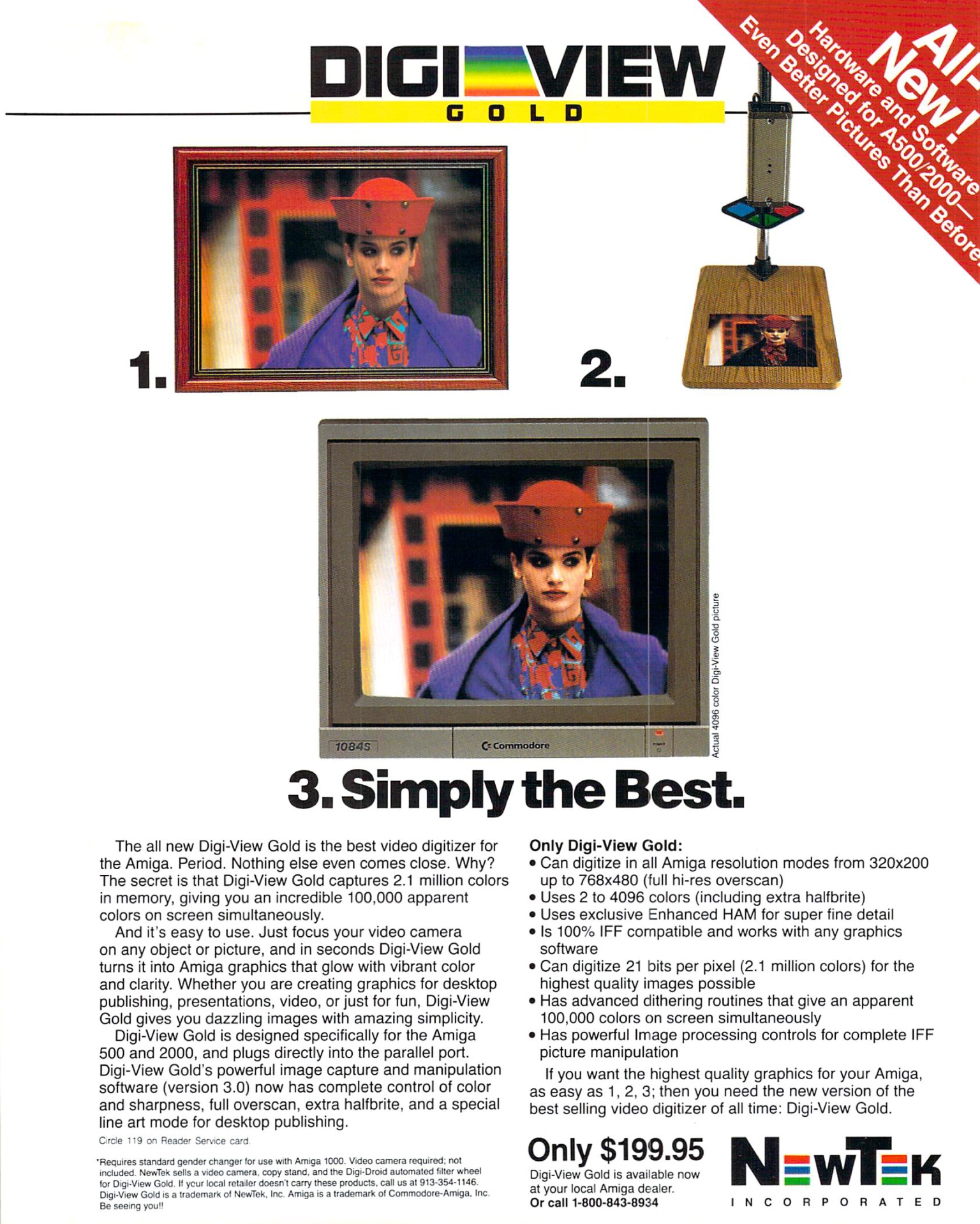If you’re interested in art, technology and the intersection thereof, you need to see Tim’s Vermeer, the documentary produced by Penn Jillette and directed by his performing partner Teller. In its own way, it’s about a subject near to those gifted illusionists’ hearts: magic. In this case, the magic in question is the technique — or perhaps technology — Johannes Vermeer used in the 17th century to capture color and light with a realism that has dazzled and confounded the world ever since.
The Tim of the title is Tim Jenison, the founder of NewTek, the video technology company I first became familiar with back in the 1980s when it made products for Commodore’s way-before-its time Amiga computer. Much more recently, Jenison became obsessed with unlocking Vermeer’s secrets, began investigating the possibility that the master used lenses to project a real-world image onto his canvas, and…well, I don’t want to spoil the story for you. (My colleague Richard Corliss’s enthusiastic review has more details, and Kurt Andersen wrote an excellent piece last year about Jenison’s quest for Vanity Fair.)
Tim’s Vermeer briefly mentions NewTek’s three best-known products: the Video Toaster and TriCaster — two breakthrough pieces of desktop video production hardware — and LightWave 3D, an animation software package. But as an old Amiga junkie, when I think of NewTek, I also think of its first product: Digi-View.
Here’s an ad for it from the November 1989 issue of AmigaWorld magazine:

Digi-View was a device that let you aim a video camera (supplied by you) at an object or photograph. It used a color wheel to photograph multiple images with a total of up to 2.1 million colors, which it then pieced together into a high-quality digital image on the Amiga, in up to — trust me, this was spectacular at the time — 4096 colors. Nothing else at a consumer-friendly price point could compete with it.
The gadget, which debuted in 1986 and sold for $200, was a big hit — maybe the best-known Amiga peripheral of its time. I never owned one, mostly because I couldn’t afford a video camera, but it was one of the things that convinced me to buy an Amiga in the first place, in 1987. And if you showed the results to PC owners who didn’t have an Amiga, they might not be able to figure out how you captured such a realistic image with a home computer.

It was not, however, the sort of product that would matter forever. Instead, it was an ingenious, elegant stopgap that let you get really nice color images into a PC years before digital photography became a consumer technology.
In other words, Digi-View had something in common with the methods Vermeer may have used — Jenison certainly makes a strong case that the artist was doing something involving technology that allowed him to do things that shouldn’t have been possible at the time.
And just to connect the dots even more evocatively, one of the Vermeer paintings shown and discussed in the movie is “Girl With a Red Hat.” When I dug through the Internet Archive’s collection of AmigaWorld issues looking for a Digi-View ad, the one I came up with, shown above, happened to show the device being used to capture a picture of a girl with a red hat. A coincidence, I’m (pretty) positive — but one that made me smile.
More Must-Reads from TIME
- Where Trump 2.0 Will Differ From 1.0
- How Elon Musk Became a Kingmaker
- The Power—And Limits—of Peer Support
- The 100 Must-Read Books of 2024
- Column: If Optimism Feels Ridiculous Now, Try Hope
- The Future of Climate Action Is Trade Policy
- FX’s Say Nothing Is the Must-Watch Political Thriller of 2024
- Merle Bombardieri Is Helping People Make the Baby Decision
Contact us at letters@time.com